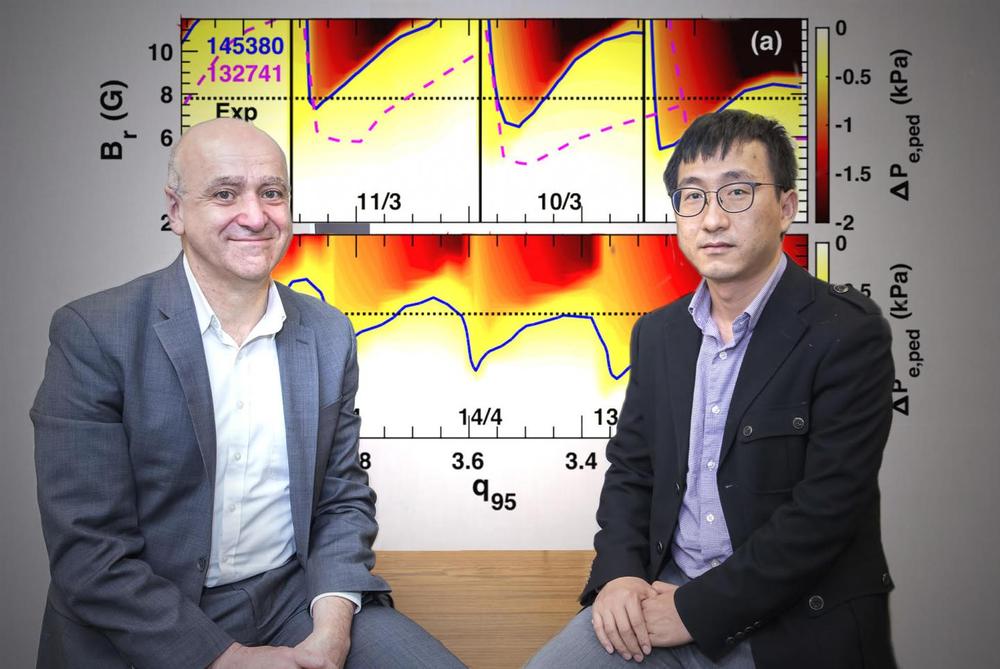Vanadium could be used for outer hulls of spaceships to absorb sun like energy or higher.
Vanadium-base alloys offer potentially significant advantages over other candidate alloys as a structural material for fusion reactor first wall/blanket applications. Although the data base is more limited than that for the other leading candidate structural materials, viz., austenitic and ferritic steels, vanadium-base alloys exhibit several properties that make them particularly attractive for the fusion reactor environment. This paper presents a review of the structural material requirements, a summary of the materials data base for selected vanadium-base alloys with emphasis on the V-15Cr-5Ti alloy, and a comparison of projected performance characteristics compared to other candidate alloys. Also, critical research and development (R&D) needs are defined.
The relatively high thermal conductivity and low thermal expansion coefficient of vanadium-base alloys, which result in lower thermal stresses for a given heat flux compared to most other candidate alloys, should enhance the reactor wall-load and lifetime capability. Since the mechanical strength of vanadium-base alloys is retained at relatively high temperatures, higher operating temperatures are projected for these alloys than for austenitic or ferritic steels. The refractory metals, including vanadium, characteristically exhibit good corrosion resistance in purified liquid metals. The vanadium alloys also exhibit favorable neutronic properties which include lower parasitic neutron absorption leading to better tritium breeding performance, lower bulk nuclear heating rates, and lower helium generation rates compared to the steels.




